Light therapy lamps, often referred to as SAD lamps or sun lamps, are powerful tools designed to mimic natural sunlight, helping to alleviate symptoms of seasonal affective disorder (SAD), depression, and sleep disorders. By delivering bright light at 10,000 lux, these devices promote the production of serotonin and melatonin, which regulate mood and sleep.
Understanding Light Therapy Lamps
Bright light therapy involves exposing your eyes to an artificial light source that emits intense light at 10,000 LUX to mimic sunlight. This exposure tricks your body into producing melatonin and serotonin. Light therapy is especially beneficial when sunlight exposure is limited, such as during fall and winter. Mental health professionals frequently recommend this treatment as it’s proven to relieve symptoms caused by seasonal affective disorder, circadian rhythm disorder, depression, and more. These lamps help replace lost sunlight to allow us to fall asleep more easily at night and feel happier and more energized during the day.
Light therapy lamps are mostly used to combat seasonal depression, or “winter blues.” They’re most popular in the fall and winter months, when the sun is out for less time and the rooms in your home are darker & colder. While many people use a SAD lamp to brighten a dark room, others with mental health concerns may benefit from working or sitting in an environment close to a light therapy lamp.
Choosing the Right Lamp
When selecting a light therapy lamp, ensure it meets specific criteria for safety and efficacy. Look for lamps that provide a full spectrum of white light and block or filter out ultraviolet (UV) rays, which are harmful to the body. The lamp should emit 10,000 lux, which is 20 times the strength of typical indoor lighting. The standard output of a light therapy device ranges from 2,500 to 10,000 LUX. The LUX is a measurement of the light’s brightness.
The larger the surface of the light box, the better. In Winter Blues, Rosenthal notes that the lights “used in almost all research studies … have an illuminated surface that is at least about one foot square.” For that reason, and the fact that smaller therapeutic lamps have not undergone the same kind of rigorous study that their bigger cousins have received, we strongly recommend light boxes with the largest surfaces.
For those interested in alternative light therapy options, red light therapy devices, such as Medical-Grade Red Light Therapy at Home or Portable Red Light Therapy Device, offer benefits like improved skin health and muscle recovery, but they serve different purposes compared to SAD lamps.
How to Use a Light Therapy Lamp
Setup and Positioning
To use a SAD therapy lamp, simply plug it into an outlet, turn on the lamp, and select your light intensity setting. Set up your sun lamp approximately 12 to 24 inches from your face, or about an arm’s length away. The lamp should be positioned at eye level or higher, angled slightly downward to minimize glare. Do not look directly at the light but keep your eyes open. The light needs to shine on your eyes, but do not stare directly at the bulb. Adjust the angle of the lampshade downward, ensuring that you can still see both tubes.
The typical treatment regimen involves sitting comfortably in a quiet setting about 16 inches (41 cm) from the unit, which is usually set on a table at an angle. The positioning and distance of your SAD lamp is very important. Because of the brightness and intensity of the light, having your SAD lamp too close to you can be damaging to your eyes. In terms of how far you should be from your SAD lamp, it’s worth noting that the intensity of the lamp will decrease with distance.
Timing and Duration
Experts recommend using a SAD lamp first thing in the morning, typically within the first hour of waking up. Light therapy via sun lamps is most effective in the mornings. Try to use the lamp daily while you eat breakfast or have coffee. Most studies indicate that early morning treatment (before 8 am) is optimal. Use the light box in the morning for 20 to 60 minutes, depending on your individual needs. Start with 20 to 30 minutes of the light box every morning to see if that helps boost your mood and energy. If it isn’t making a difference, try longer periods, up to 60 minutes each morning.
The dose of light that has proved to be the most beneficial is 5000 lux hours per day, which could take the form of, for example, 10,000 lux for one half-hour each morning. A standard treatment is 10,000 lux for 30 minutes. Daily use is more likely to help boost your mood and energy. If you only use the light box a few times a week, it will be less effective. Sessions are usually done first thing in the morning and are typically used daily from fall to spring.
Activities During Use
You can multitask with bright light therapy: Have your morning coffee and breakfast, check your email, put on your makeup, etc. You can eat, read, watch television, or work on a computer while you’re under the light. The lamps are designed to mimic spring and summer light levels. They are used by reading, working or relaxing in front of them for only 20-30 minutes per day.
Safety Considerations
Always read the manual that comes with your device to ensure you are following the instructions specific to that equipment. Sun lamps used for SAD filter out most or all ultraviolet (UV) light. Using the wrong type of lamp could damage your eyes and cause other side effects. The type of sun lamps used for SAD will not give you a tan or increase your vitamin D levels. Sun lamps are generally considered safe because they don’t give off UV radiation.
Do not use light therapy if you’re taking medications that are photosensitive. Photosensitive medications make your skin sensitive to light, leading to sunburns or rashes. If you have photosensitivity or have had recent eye surgery, you should avoid using these lamps. People who have bipolar disorder should consult a psychiatrist or other mental health professional before trying light therapy. If you have been told you must wear sunglasses in sunlight, have a medical condition including retinal disease, macular degeneration, bipolar disorder or diabetes, or are taking certain medications (including, but not limited to, melatonin, thioridazine or lithium), consult a health-care professional before using the lamp.
Monitoring Progress
You should start to see an improvement in symptoms within the first week of therapy. One study found an immediate improvement in mood after the first session of light with exposures as short as 20 minutes. While encouraging, this study had limitations, such as a small sample size of 15 participants. Also, keep in mind that treatments must be continued to sustain these effects. Stopping therapy sessions can result in a reappearance of symptoms.
A very simple daily mood and energy log is a useful tool to see how your subjective feelings change from day to day. Doing this over the long term may reveal patterns such as lower mood and energy, with higher sleep need and hunger – especially for carbohydrates, as the days get shorter in fall and winter SAD. It’s important to keep track of how you are feeling and how long you use light therapy each day, and communicate with your doctor so that treatment can be adjusted as needed.
Features to Look For
When choosing your light therapy lamp, consider the following features to make the most of your treatment:
- Adjustable Settings: Adjustable dimming and brightness settings allow for variety and versatility.
- Shape and Size: Choose a lamp that fits your environment and suits your needs. The size of Bontanny Moving Pro is 53x18x3 inches, the number of LEDs is 480, and it comes with a stand, which can be used for whole body treatment.
- Timer: A built-in timer eliminates the need for manual timing of each session.
- Light Intensity: The typical light therapy lamp has 10,000 lux brightness, but other options are available, such as multiple brightness settings or modes that allow for gradual adjustments to daytime or nighttime.
For those exploring additional light therapy options, Red Light Therapy Devices Full Body or Red Light Therapy Devices for Sale provide targeted treatments for muscle recovery and skin rejuvenation, complementing the mood-enhancing effects of SAD lamps.
Common Mistakes to Avoid
Using a Normal Lamp: Don’t use a normal lamp because you are trying to mimic the full spectrum of light found in sunlight. Use lightboxes made for Bright Light Therapy or “phototherapy.”
- Incorrect Positioning: Most people make the mistake of sitting too far away from their light therapy box. Sitting further away reduces the strength of the light that gets to your eyes. If sitting close to the lamp is uncomfortable for you, try sitting at a comfortable distance for more extended periods.
- Inconsistent Use: If you only use the light box a few times a week, it will be less effective. Daily use is more likely to help boost your mood and energy.
- Looking Directly at the Light: Never stare directly in to the lamp! Ideally, you should be working on an assignment or doing something else while the light is directed towards you. Do not close your eyes either! Light therapy is only effective if you’re seeing the light.
- Using at the Wrong Time: Light Therapy Lamps should be used early in the morning if possible. The later in the day they’re used, the more likely they are to negatively affect your circadian rhythm.
Frequently Asked Questions
How long does it take to see results from a light therapy lamp?
Most users notice improvements in mood and energy within a few days to a week of consistent daily use. Some studies suggest immediate mood boosts after a single 20-minute session, but sustained benefits require ongoing use, typically throughout the fall and winter months.
Can I use a light therapy lamp at night?
It’s generally not recommended to use a light therapy lamp in the evening, as it can disrupt your circadian rhythm and make it harder to fall asleep. Morning sessions, ideally within an hour of waking, are most effective for aligning your body clock and boosting mood.
Are there any side effects of using a light therapy lamp?
Light therapy is generally safe, but some users may experience mild side effects like eye strain, headaches, or agitation. These can often be mitigated by adjusting the distance from the lamp or reducing session duration. Rarely, hypomania or suicidal ideation may occur, particularly in those with bipolar disorder, so consult a doctor if you notice unusual symptoms.
Can I use a light therapy lamp if I’m on medication?
If you’re taking photosensitive medications, such as certain antipsychotics or antibiotics, avoid light therapy, as it may cause skin reactions. Always consult your healthcare provider to ensure light therapy is safe with your current medications.
Do light therapy lamps produce vitamin D?
No, light therapy lamps designed for SAD filter out UV light, so they do not stimulate vitamin D production. For vitamin D, consider dietary sources or supplements, as recommended by your doctor.
Conclusion
Light therapy lamps offer a convenient and effective way to combat the effects of reduced sunlight, particularly for those with seasonal affective disorder, depression, or sleep issues. By following proper setup, timing, and safety guidelines, you can maximize the benefits of this treatment. Choose a lamp with 10,000 lux intensity, position it correctly, and use it consistently each morning for 20-60 minutes. With the right approach, a light therapy lamp can significantly improve your mood, energy, and overall well-being during the darker months.


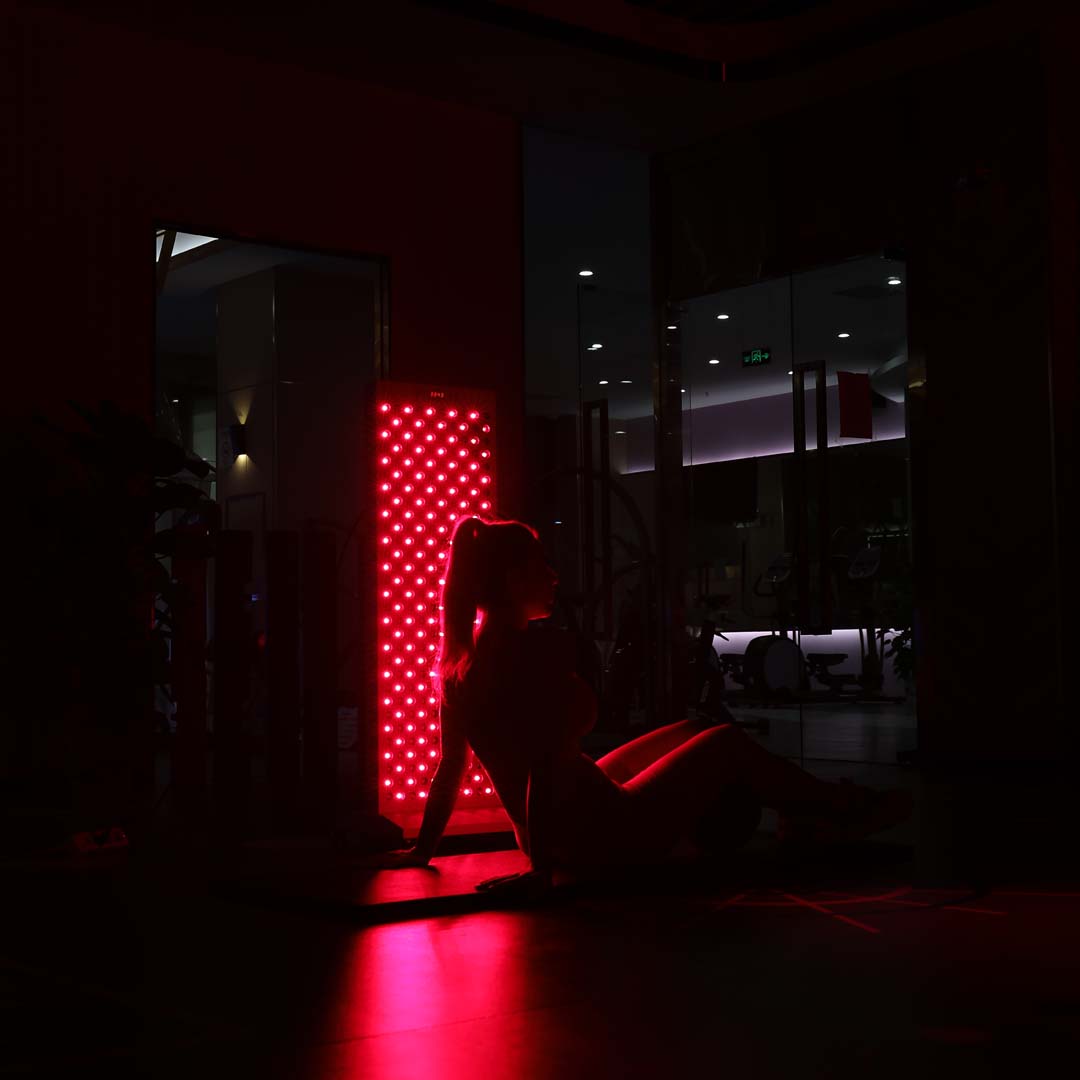
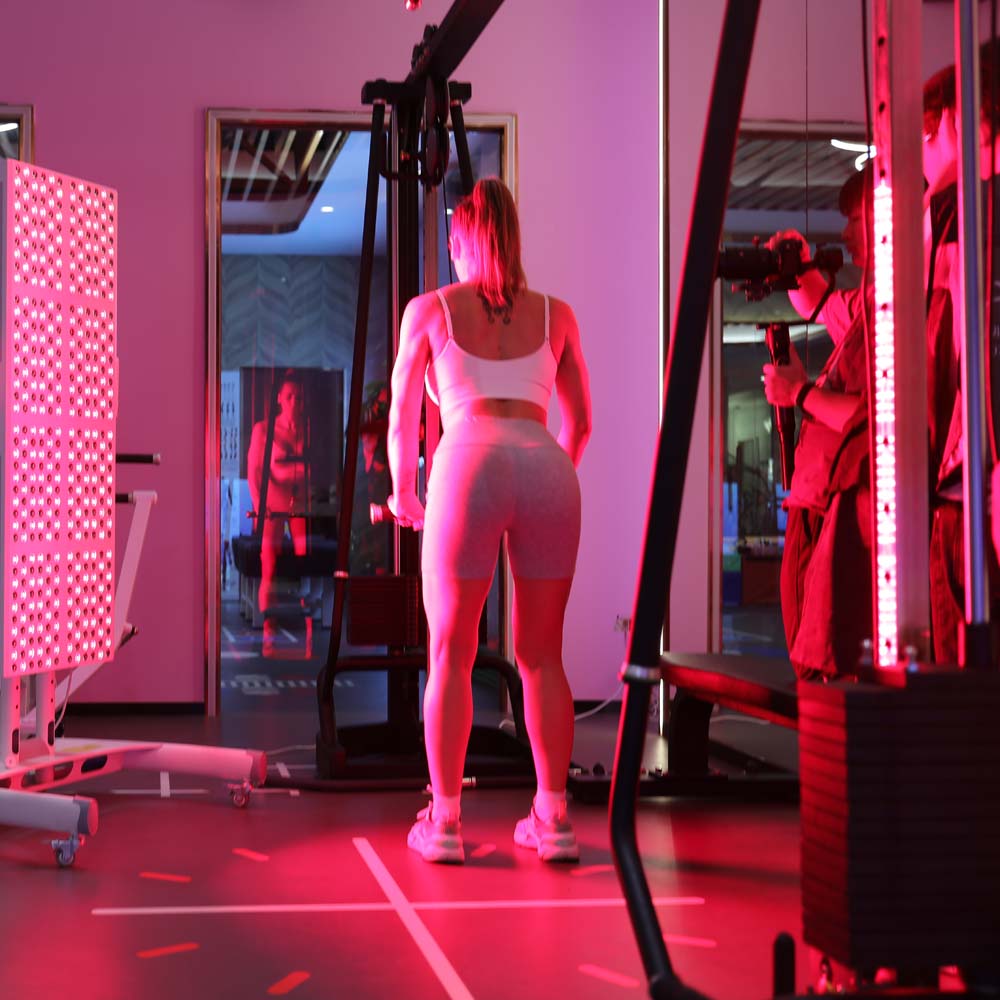
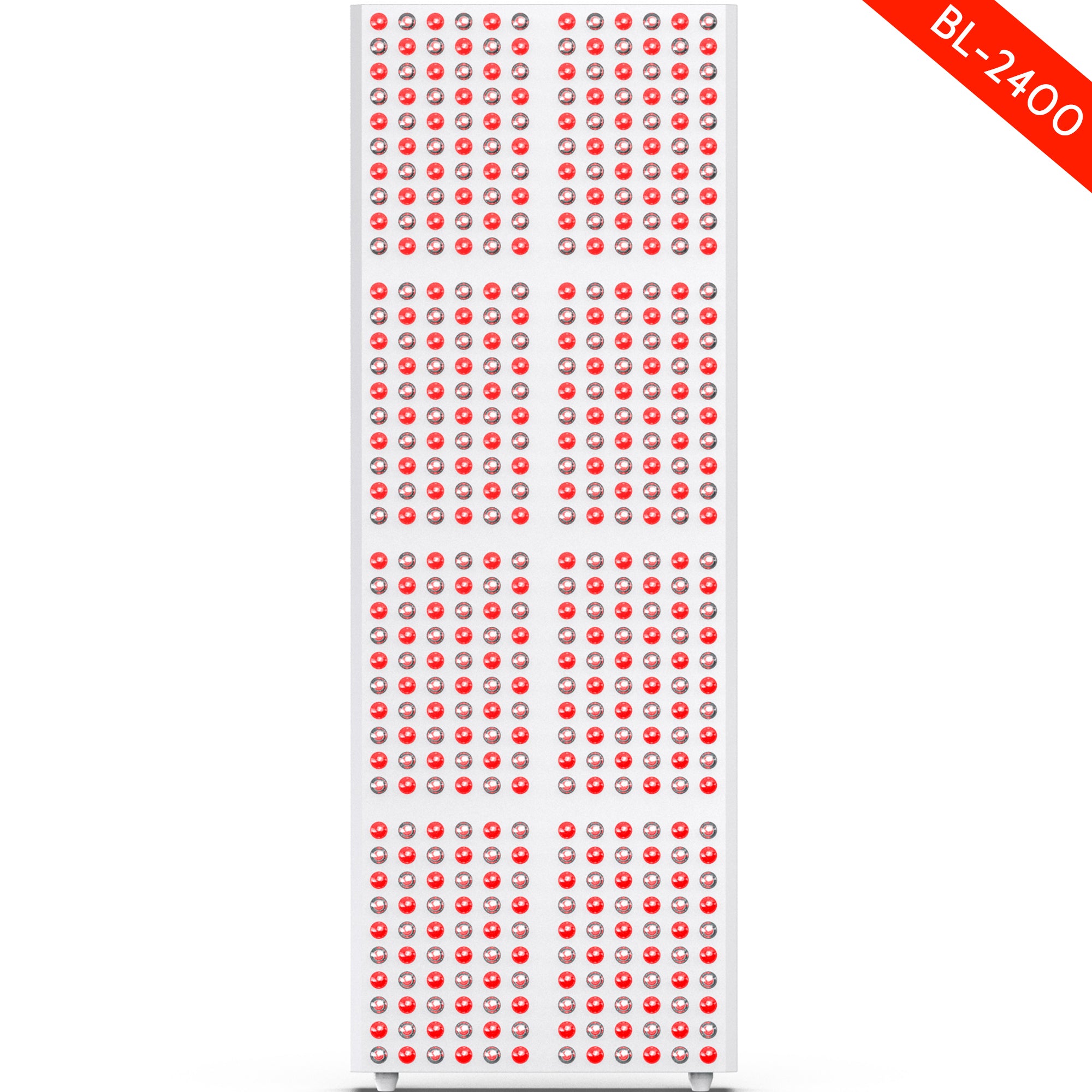
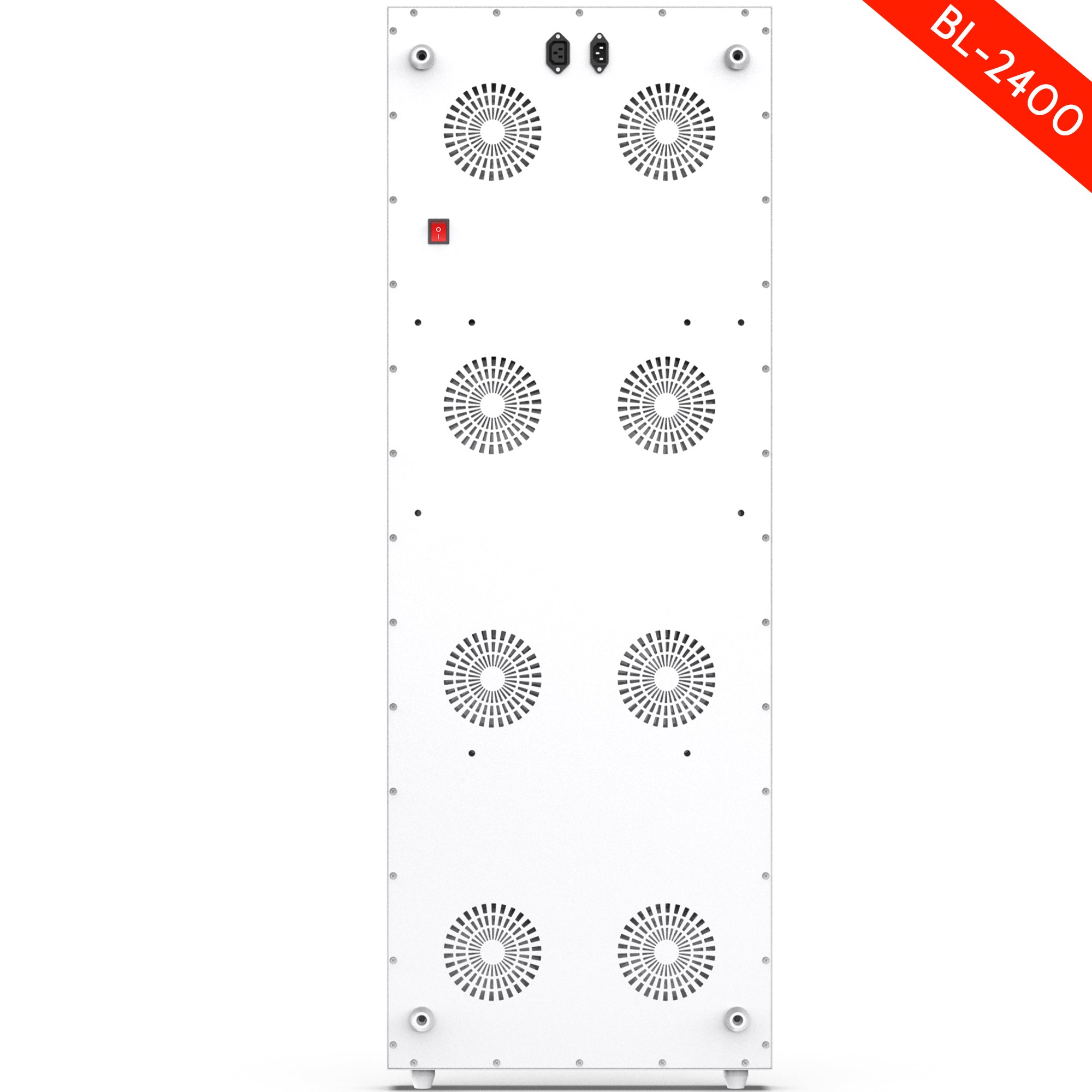
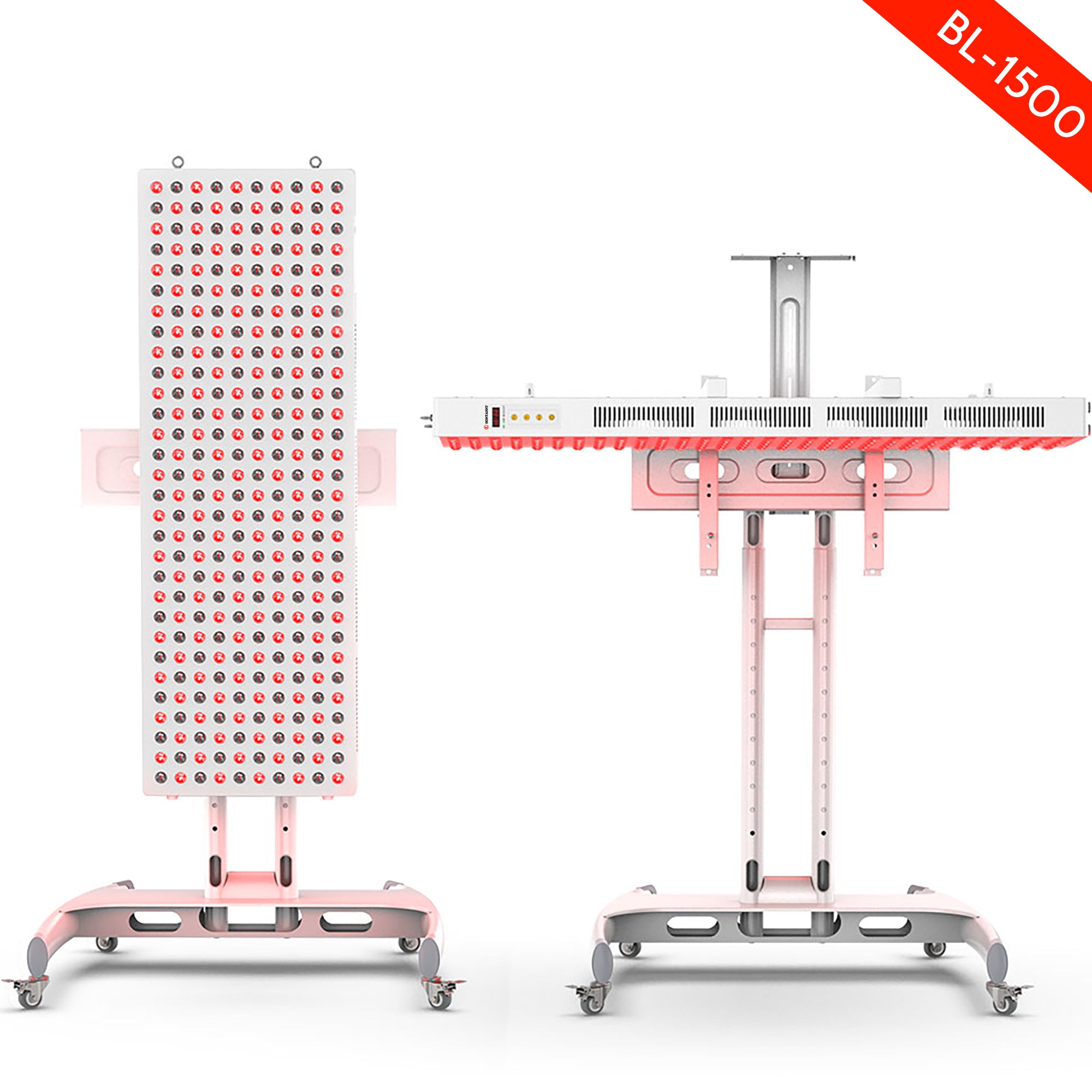
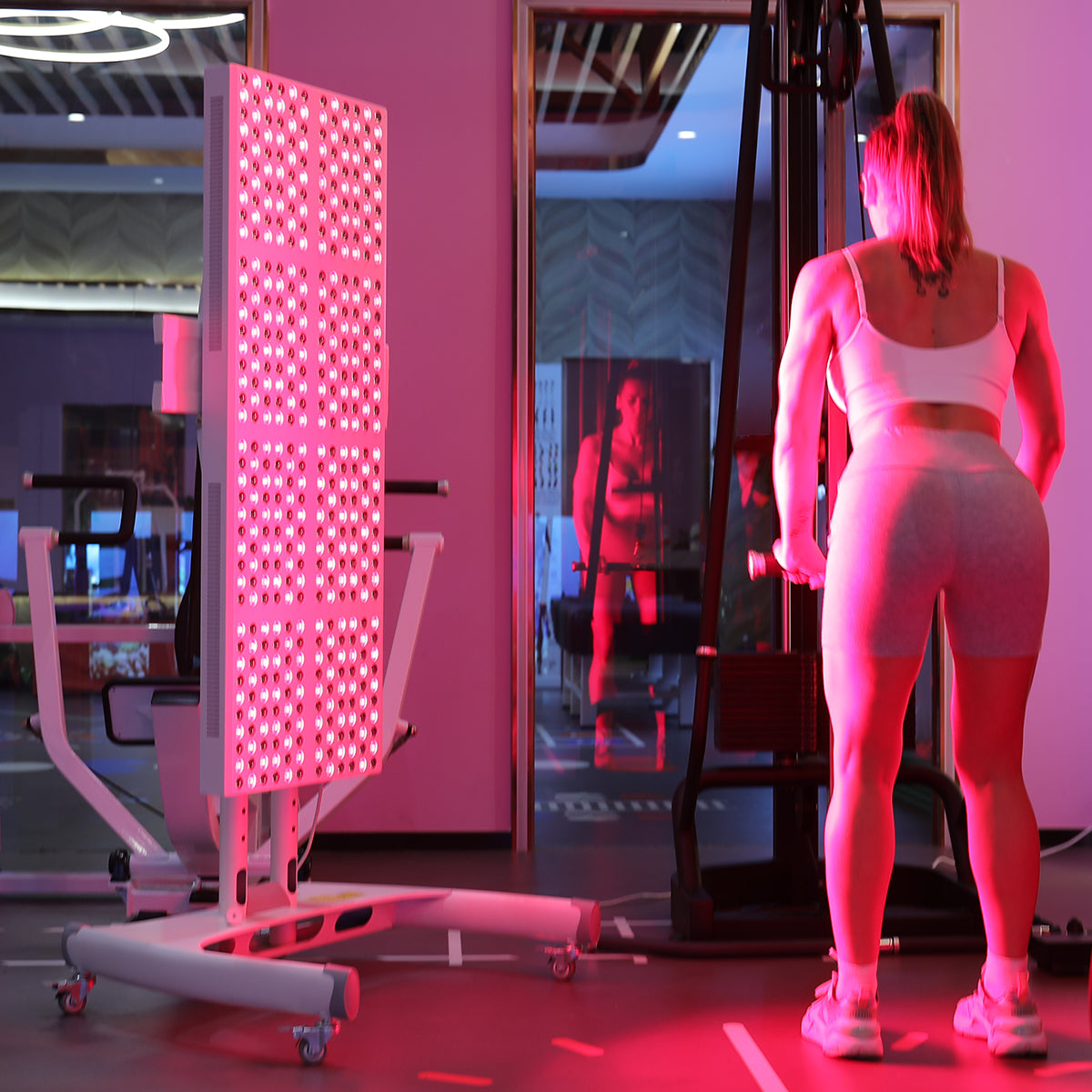
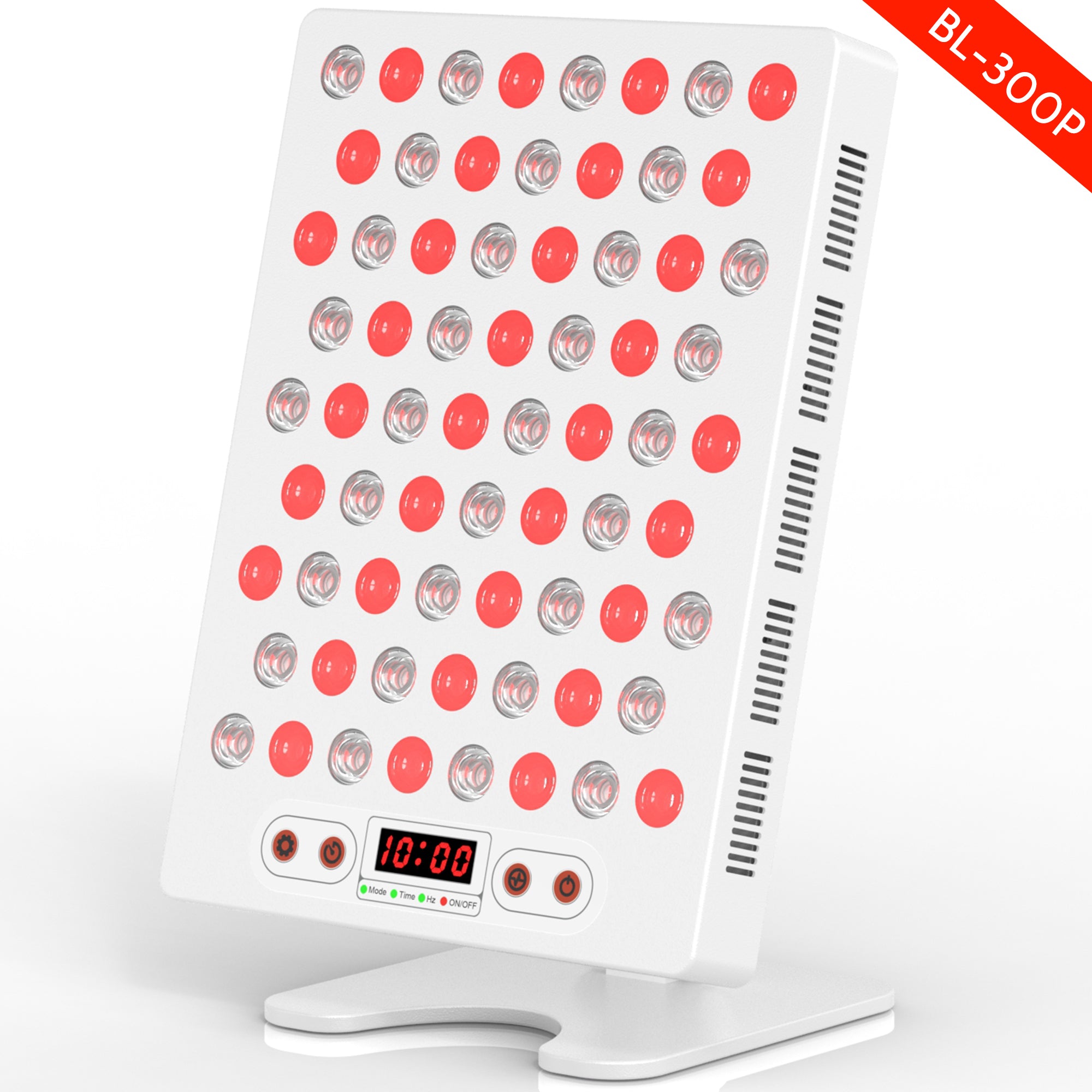
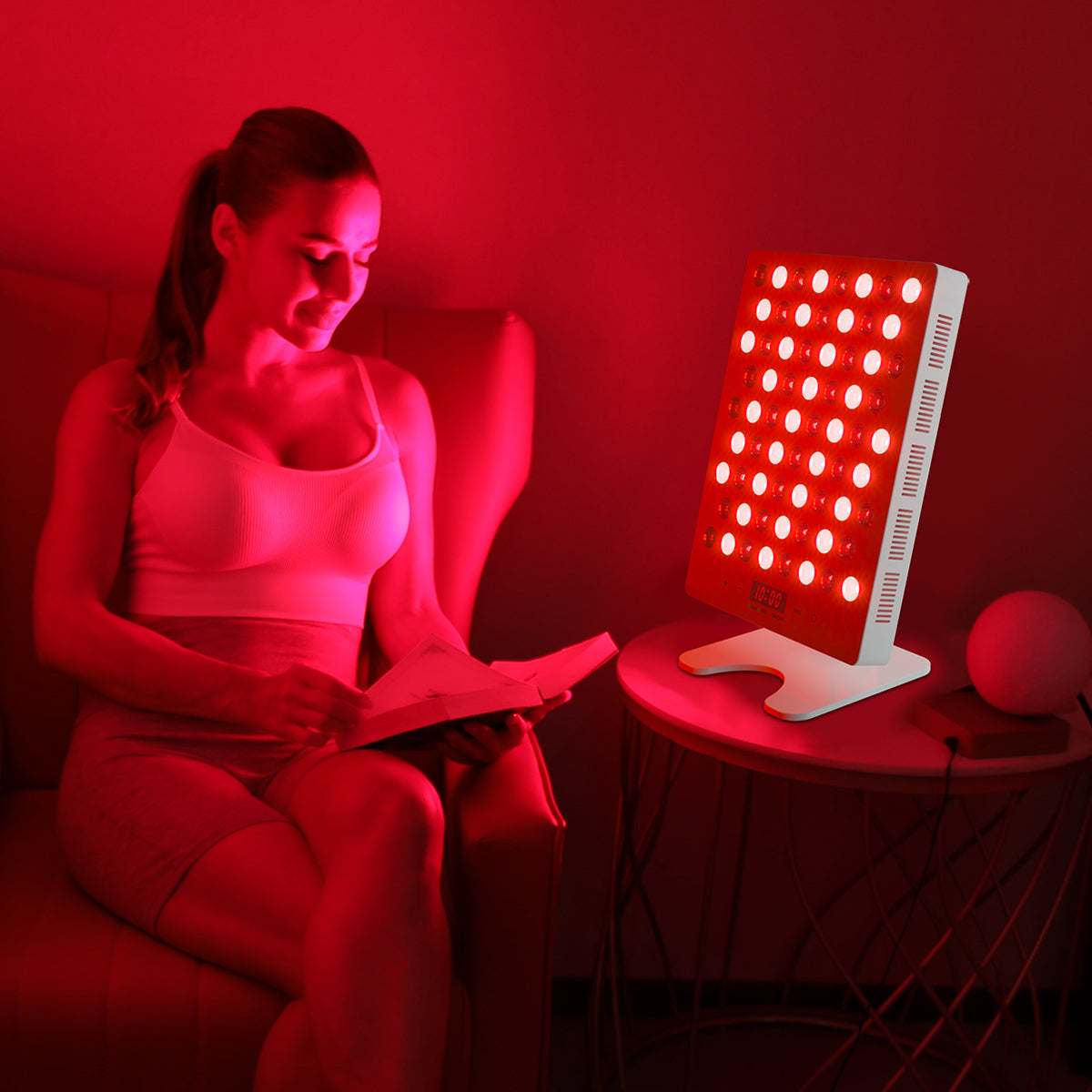
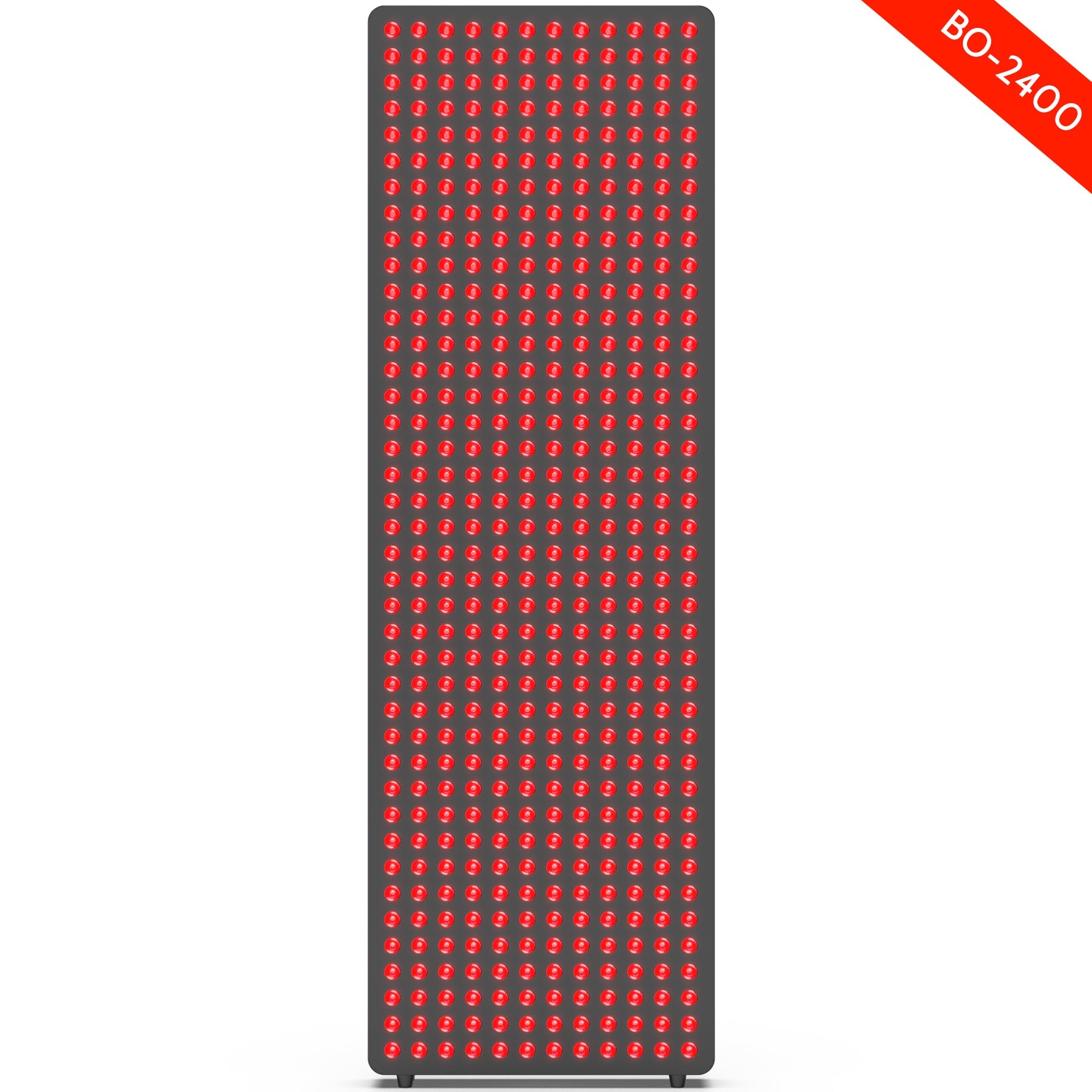
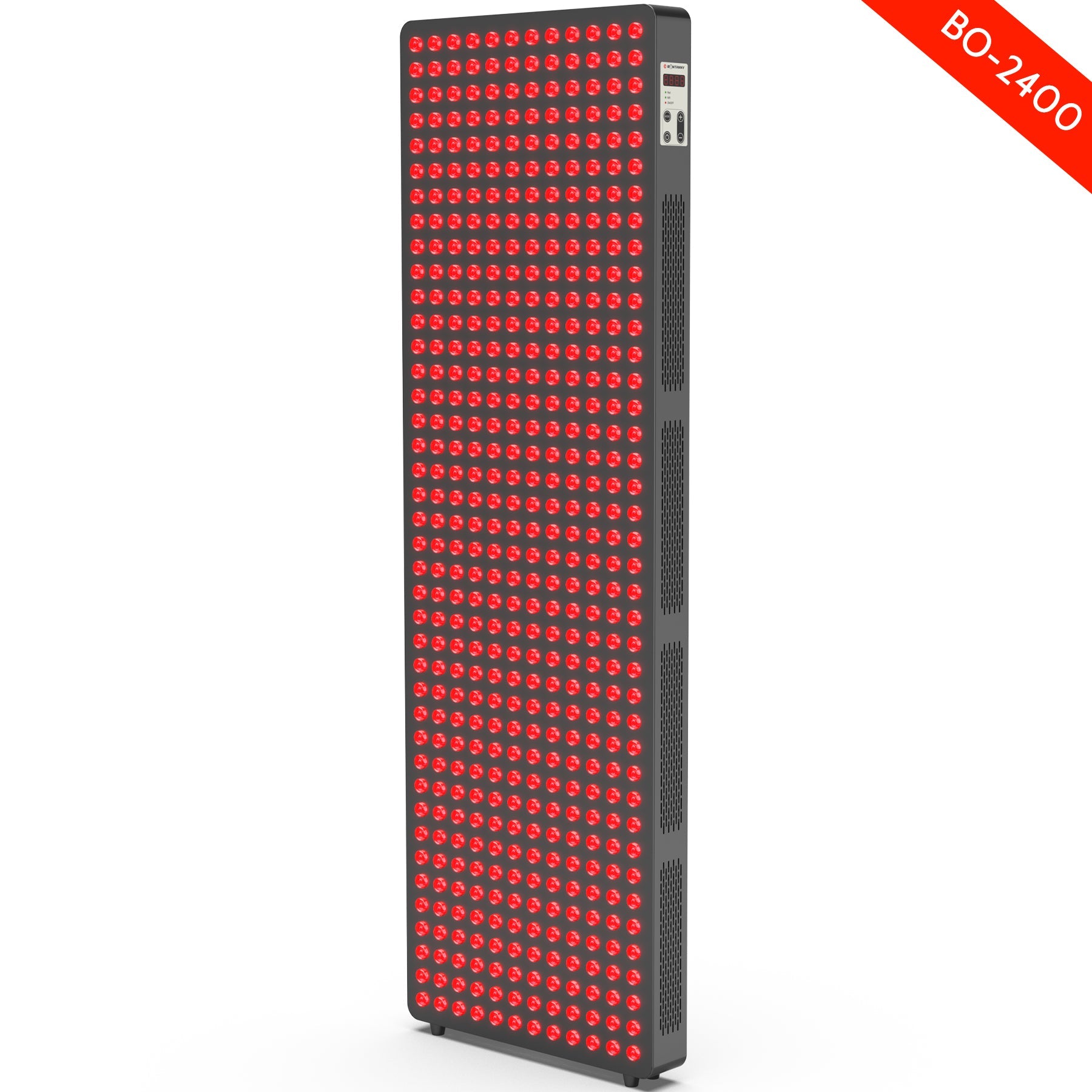
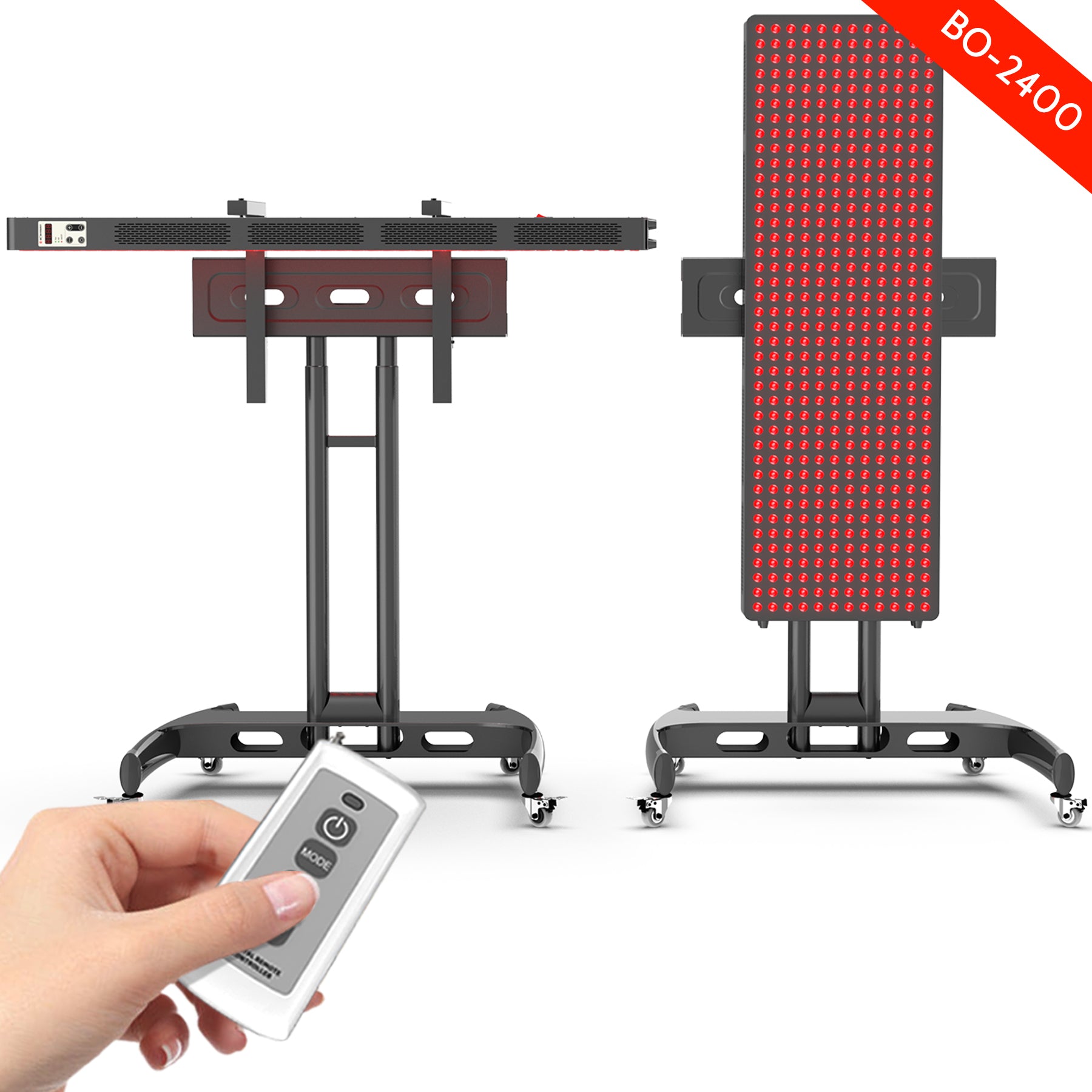
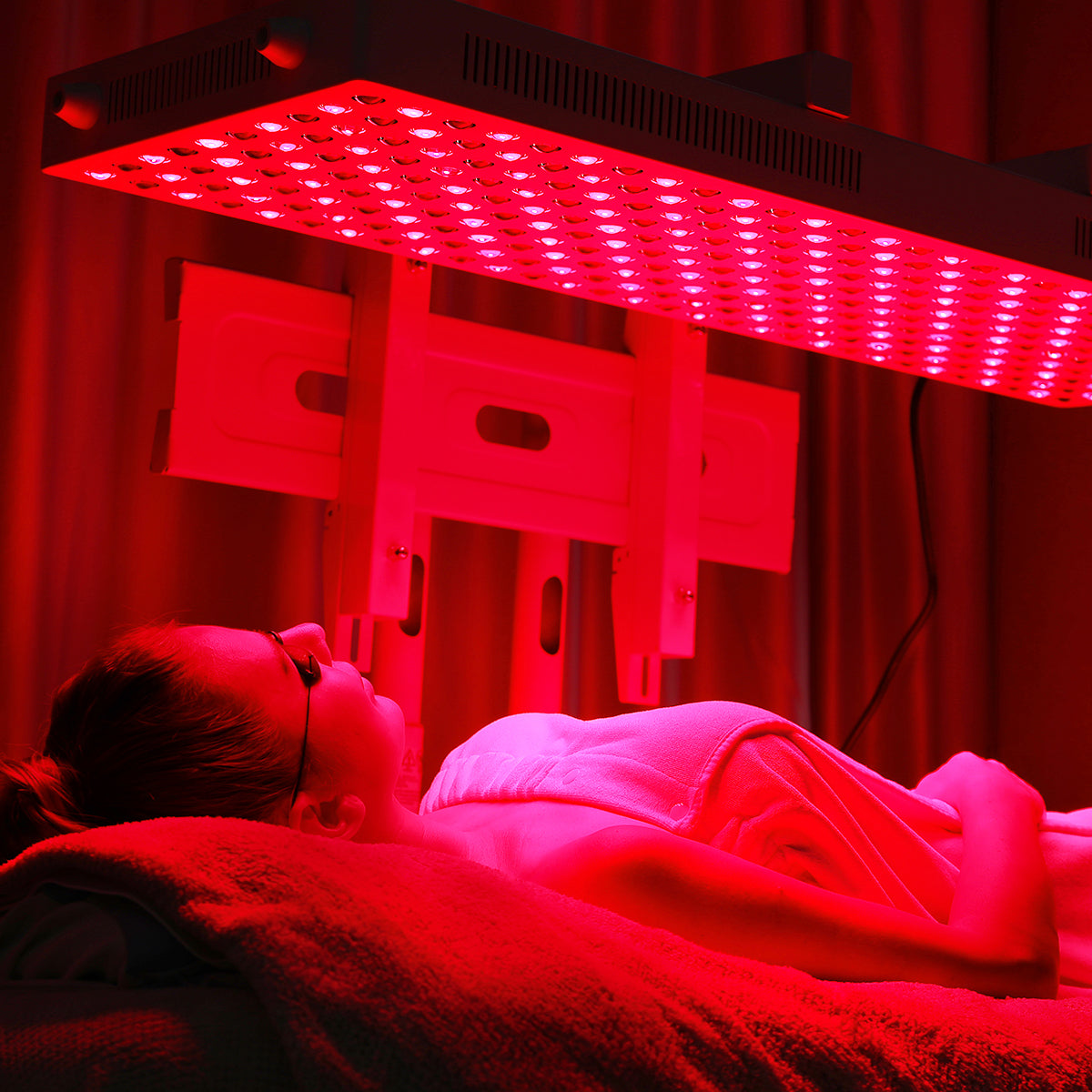
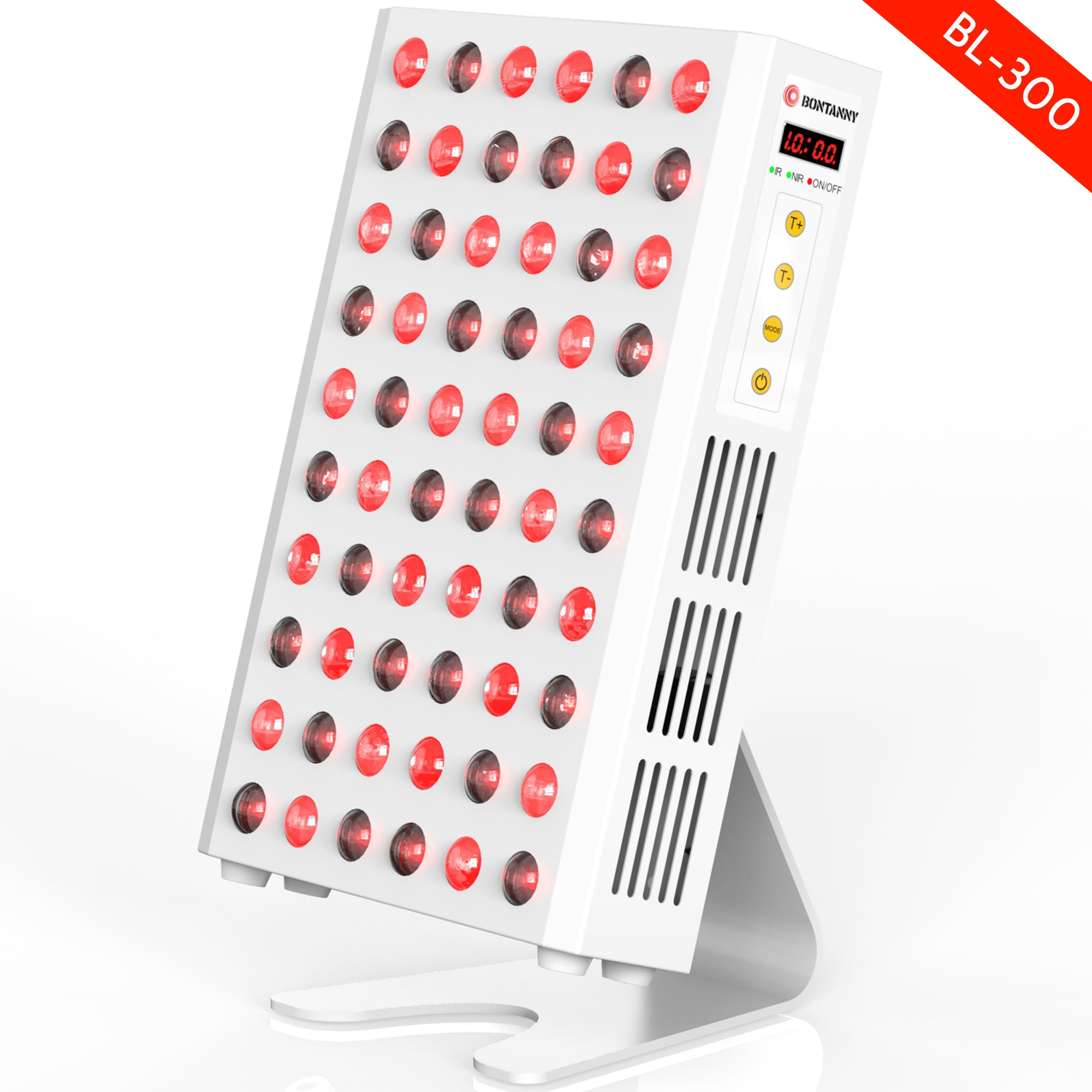
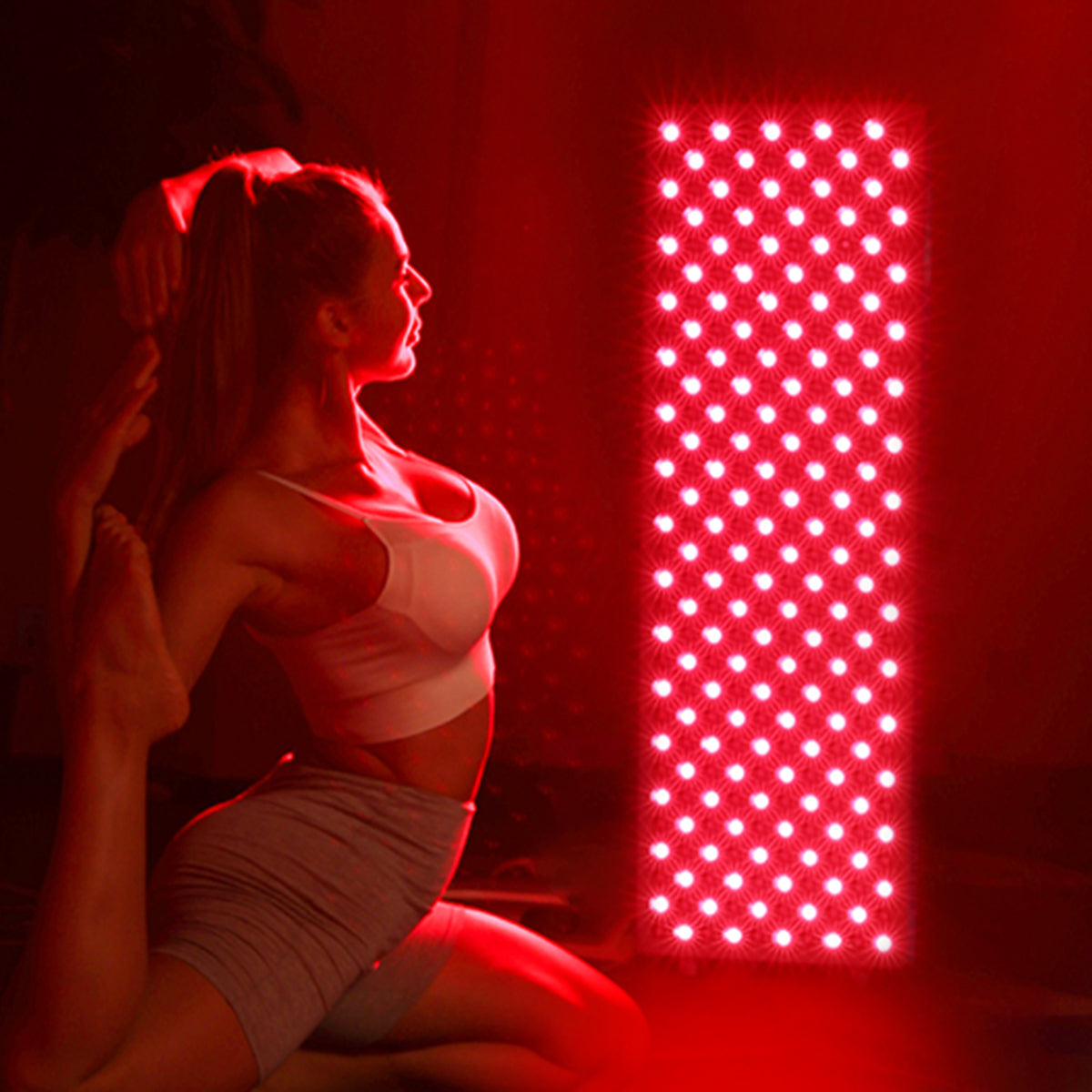
Leave a comment
This site is protected by hCaptcha and the hCaptcha Privacy Policy and Terms of Service apply.